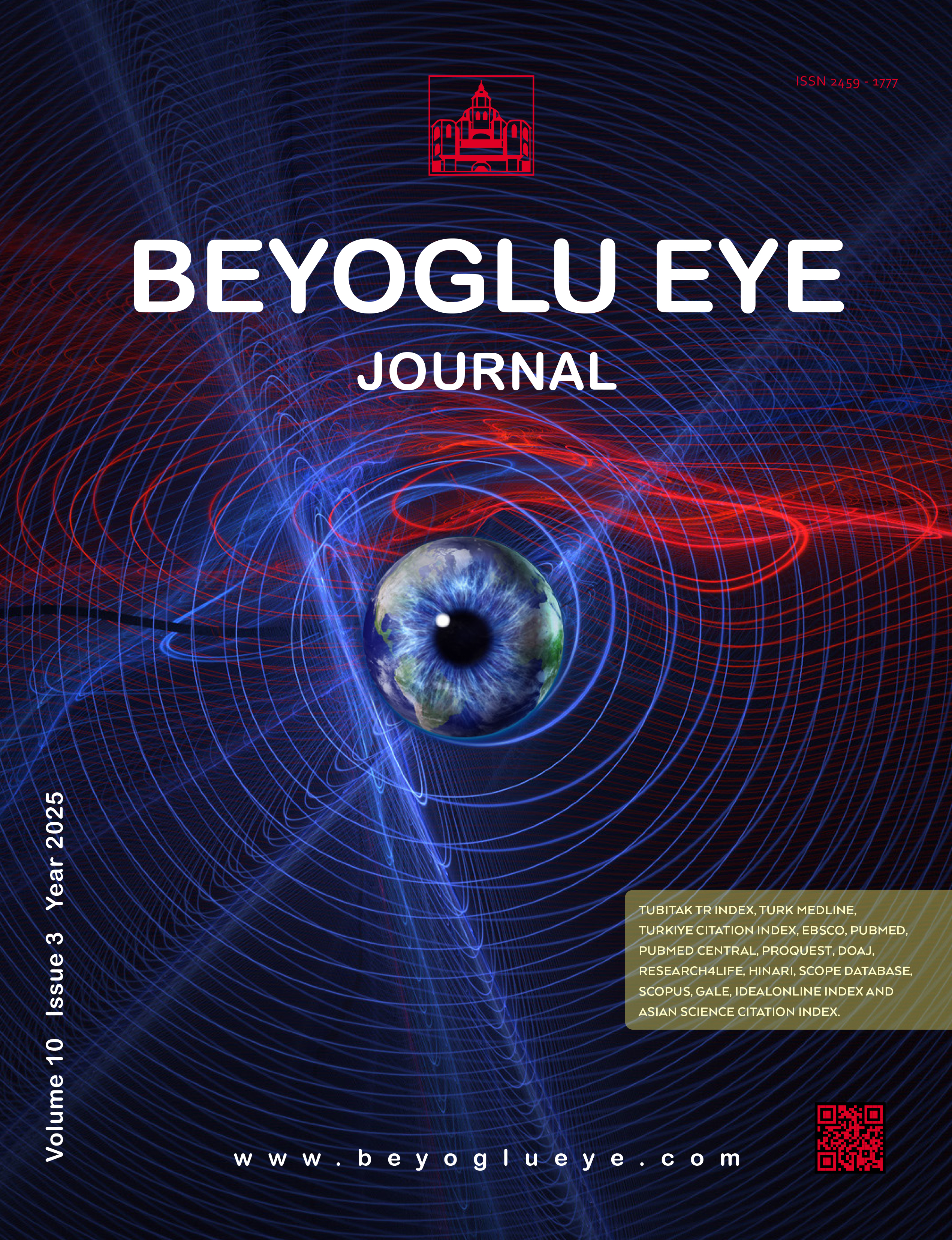
Long-Term Structural Changes Observed on Gonioscopy and Anterior-Segment OCT Following Gonioscopy-Assisted Transluminal Trabeculotomy
Nese Alagoz1, Ihsan Cakir1, Cigdem Altan1, Ercument Bozkurt2, Zeynep Ipekli1, Erdem Erdogdu1, Tekin Yasar11Department of Ophthalmology, University of Health Sciences, Beyoglu Eye Training and Research Hospital, Istanbul, Türkiye2Batigoz Hospital, Istanbul, Türkiye
OBJECTIVES: To evaluate the long-term structural changes of the anterior chamber (AC) angle following gonioscopy-assisted transluminal trabeculotomy (GATT).
METHODS: The AC angle of 10 eyes that underwent GATT at least 6 years previously was assessed for structural changes. A detailed gonioscopy was performed to determine the state of the cleft and the position of the trabecular flap. An anterior segment optical coherence tomography (AS-OCT) examination was performed on the corresponding areas on gonioscopy.
RESULTS: The typical finding of the angle following GATT was an open cleft with a visible trabecular flap. However, the gonioscopy of our patients revealed three different cleft appearances: open, closed, and segmentally open cleft. In the long-term, the trabecular flap re-approximated the incision site in some areas resulting in the appearance of a closed cleft on gonioscopy. On AS-OCT the cleft was identified when the lumen of Schlemms canal was connected to the AC, while the position of the flap differed. The cleft was observed as open in median 4.0 (IQR: 2.86.0) clock hours. The cleft was found open mostly in the superior quadrants of the angle (nine eyes). No correlation was found between the extent of open cleft and the percentage of IOP reduction.
DISCUSSION AND CONCLUSION: AS-OCT, when used in conjunction with gonioscopy, was found helpful to evaluate the structural changes following GATT. As observed in the study, the cleft tended to close in some areas. It was found preserved mostly in the superior half of the angle in the long term.
Keywords: Anterior chamber angle, anterior segment optical coherence tomography, gonioscopy, gonioscopy-assisted transluminal trabeculotomy, structural changes
Manuscript Language: English









